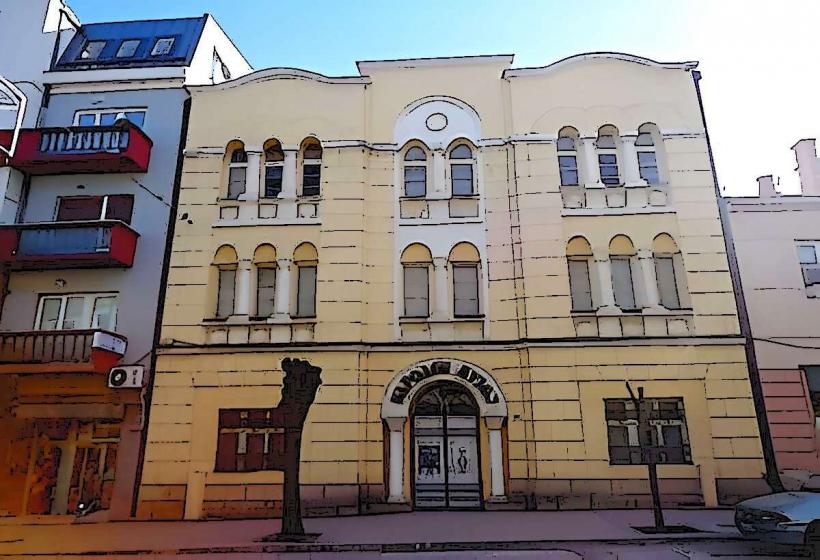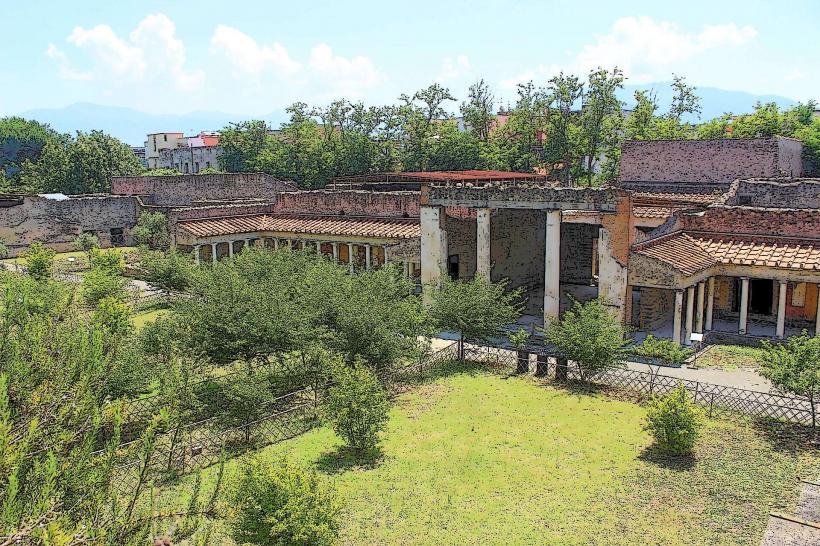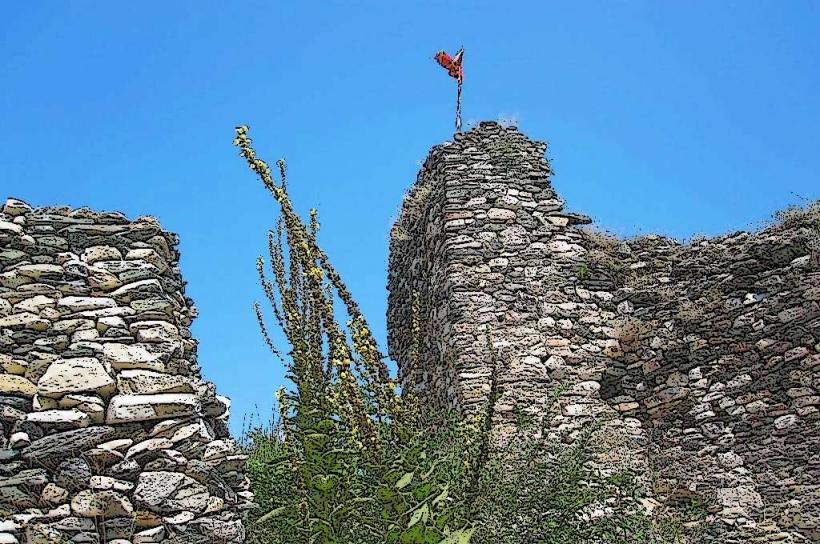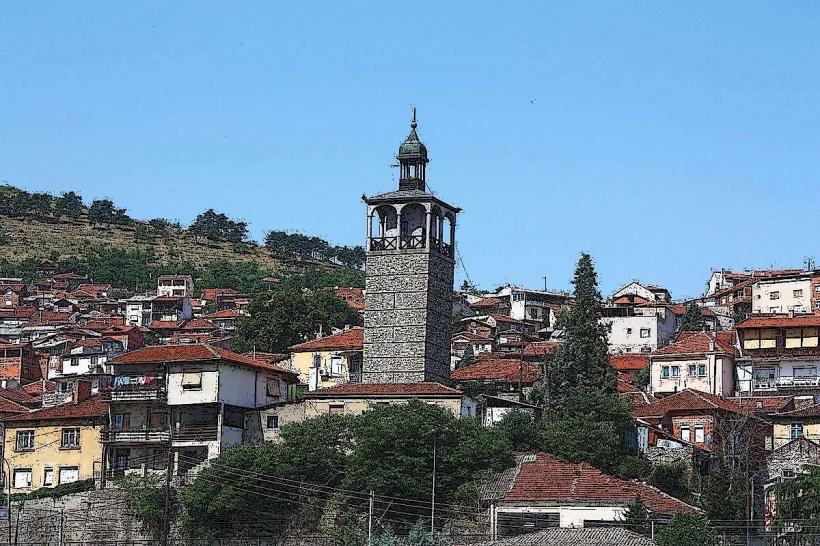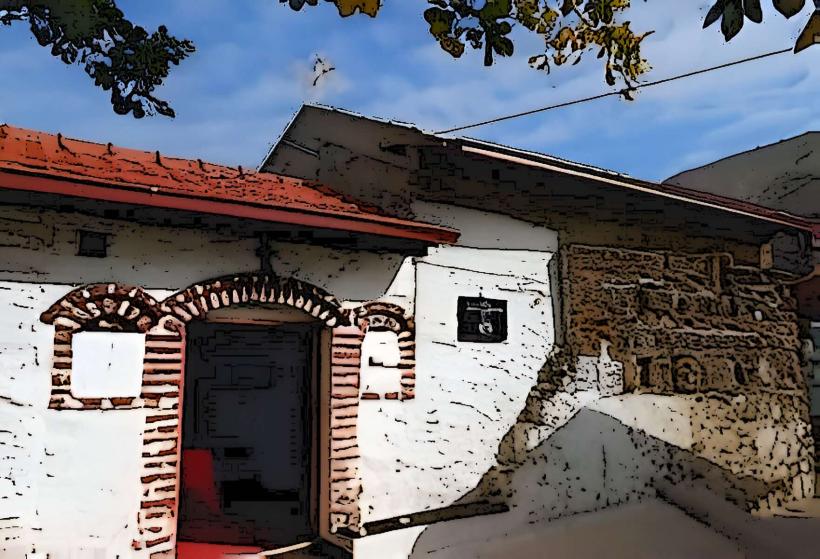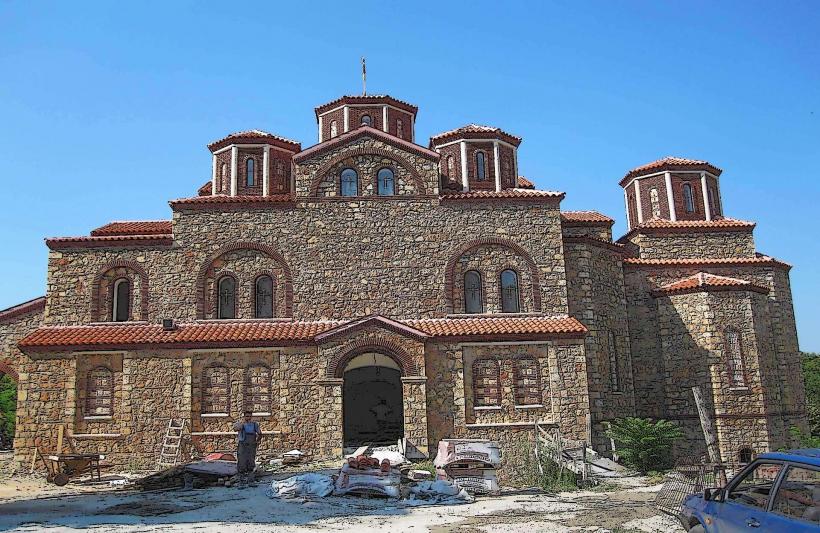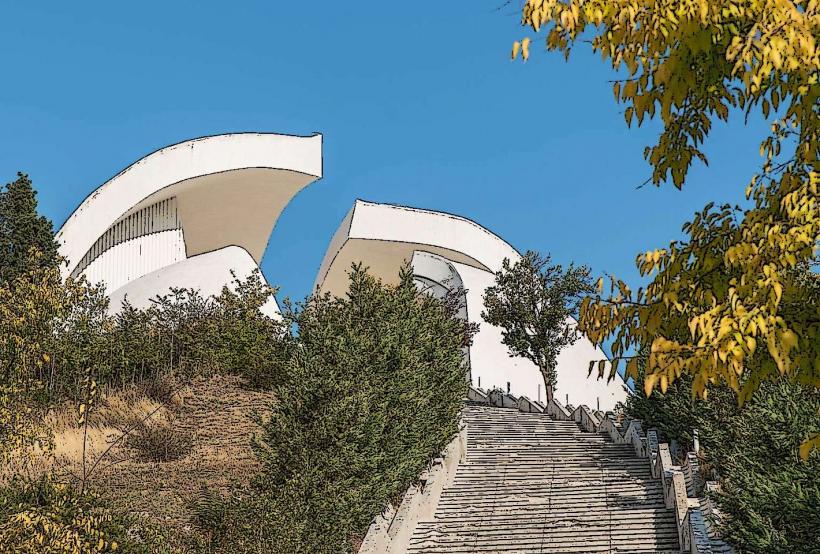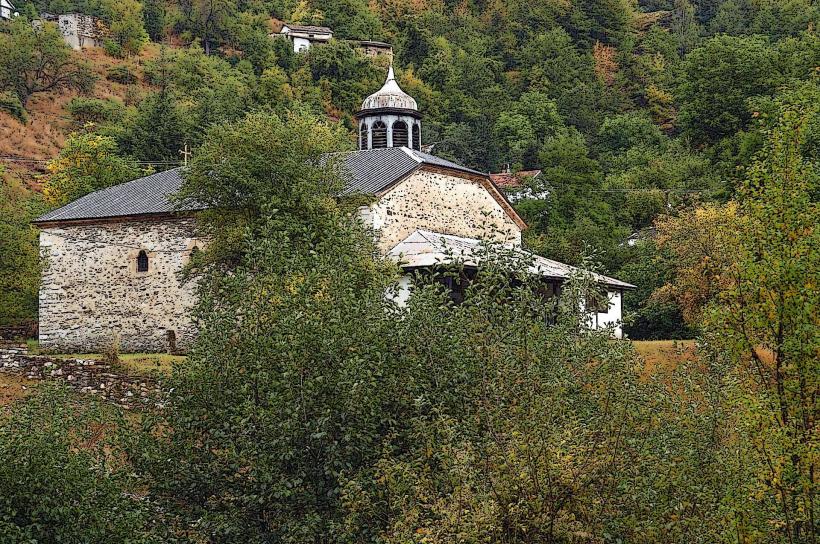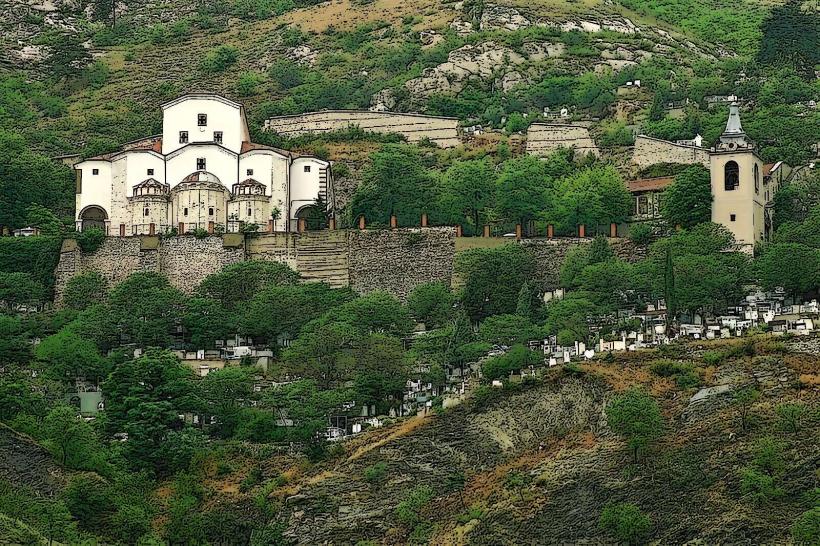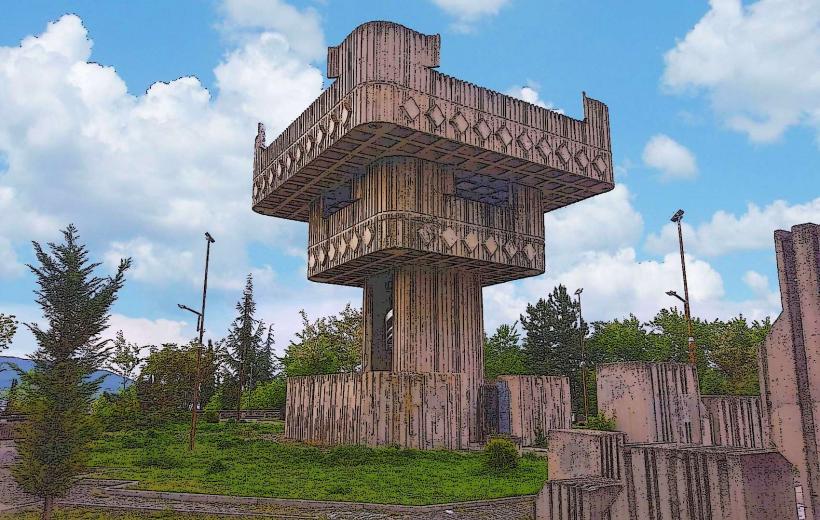Information
Landmark: Ruins of the Roman CityCity: Veles
Country: North Macedonia
Continent: Europe
The Ruins of the Roman City in Veles, North Macedonia, are a significant archaeological site that provides valuable insights into the region's ancient history. The ruins date back to the Roman period and are part of the broader historical legacy of the Roman Empire’s presence in the Balkans.
Key Aspects of the Ruins of the Roman City:
1. Historical Context:
- The ruins are remnants of a Roman settlement that was likely an important part of the region during the height of the Roman Empire. The exact name of the Roman city is not definitively known, but it is believed to have been a thriving urban center in the province of Moesia or Dardania.
- The region was under Roman rule for several centuries, and during this time, the Romans established numerous cities, forts, and settlements throughout the Balkans, including in the area of modern-day North Macedonia.
- The ruins are significant because they offer a glimpse into the daily life, infrastructure, and culture of the Romans who lived in the area.
2. Archaeological Discoveries:
- The site contains several archaeological remnants that have been uncovered over the years, including ruins of buildings, streets, and public spaces.
- Some of the notable structures found at the site include parts of city walls, buildings, and roads that suggest the city was once well-planned and organized, typical of Roman urban design.
- Artifacts such as pottery, coins, statues, and tools have been discovered, shedding light on the daily life and trade in the Roman city. These artifacts provide important evidence of the economic activities, artistic expression, and material culture of the time.
3. Architectural Features:
- The Roman city likely featured the typical Roman architecture of the time, with stone and brick buildings, some of which may have been public structures like baths, temples, theaters, or forums.
- The presence of streets laid out in a grid pattern and public spaces such as squares suggests that the city was well-organized and designed for urban life.
- The ruins also point to the possibility of fortifications and defensive walls, which would have been used to protect the settlement from outside threats.
4. Cultural Significance:
- The Roman period was a time of great cultural exchange in the Balkans, and the ruins offer evidence of how the Roman Empire influenced local architecture, governance, and culture.
- The site is a testament to the Romanization of the Balkans, where local communities adopted Roman customs, language, and urban planning.
- The ruins provide important information about the spread of Roman culture in the region and its impact on the local populations, as well as the role of the area in the broader Roman Empire.
5. Tourist and Educational Value:
- The Ruins of the Roman City are an important tourist attraction in Veles and are visited by those interested in ancient Roman history, archaeology, and the cultural heritage of the region.
- The site offers a unique opportunity for visitors to explore ancient Roman remains in the context of a modern town, providing a contrast between ancient history and contemporary life.
- For history enthusiasts and scholars, the ruins offer a chance to study Roman urbanism, military presence, and cultural influence in the Balkans during the empire's expansion.
6. Conservation and Preservation:
- Efforts have been made to preserve and protect the site from further degradation. Archaeological teams and local authorities have worked to uncover and conserve the ruins so that future generations can learn from the history of the region.
- The site remains an important area for further excavation and research, as there may still be many aspects of the Roman settlement yet to be discovered.
7. Relation to Other Roman Sites:
- The ruins of the Roman city in Veles are part of a larger network of Roman settlements in the Balkans, many of which played key roles in the region's economic, political, and cultural development during the Roman Empire.
- Similar sites, such as Heraclea Lyncestis near Bitola and the Roman city of Stobi, also in North Macedonia, highlight the broader Roman presence in the region and offer further context for understanding the significance of the Veles ruins.
Conclusion:
The Ruins of the Roman City in Veles are an important historical and archaeological site that offers a glimpse into the Roman era in the Balkans. With its well-preserved architectural features and discovered artifacts, the site provides valuable insights into Roman urban life, culture, and the empire's influence on the region. As a significant tourist attraction and educational resource, the ruins continue to play a key role in preserving the history and cultural heritage of North Macedonia.

